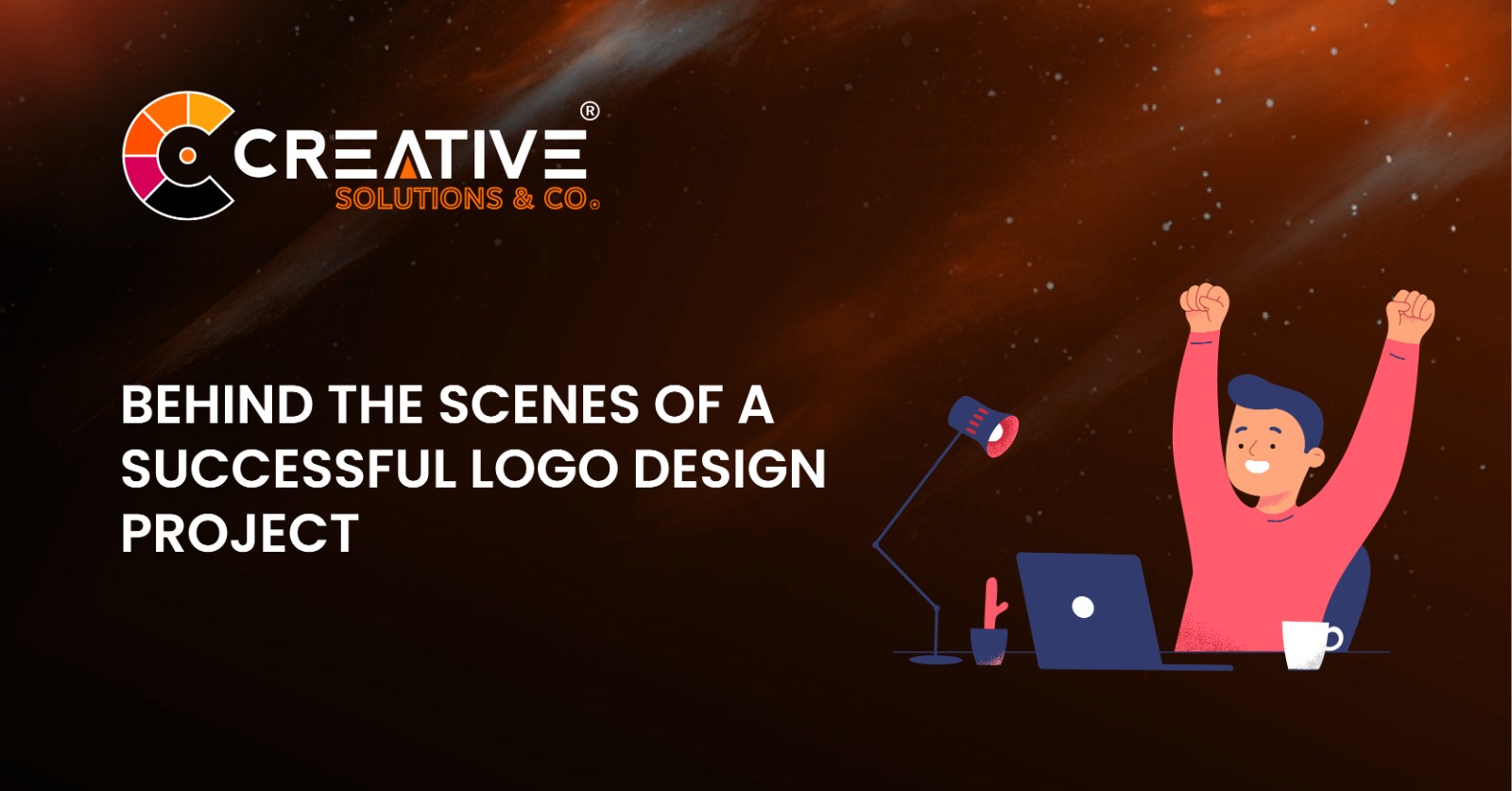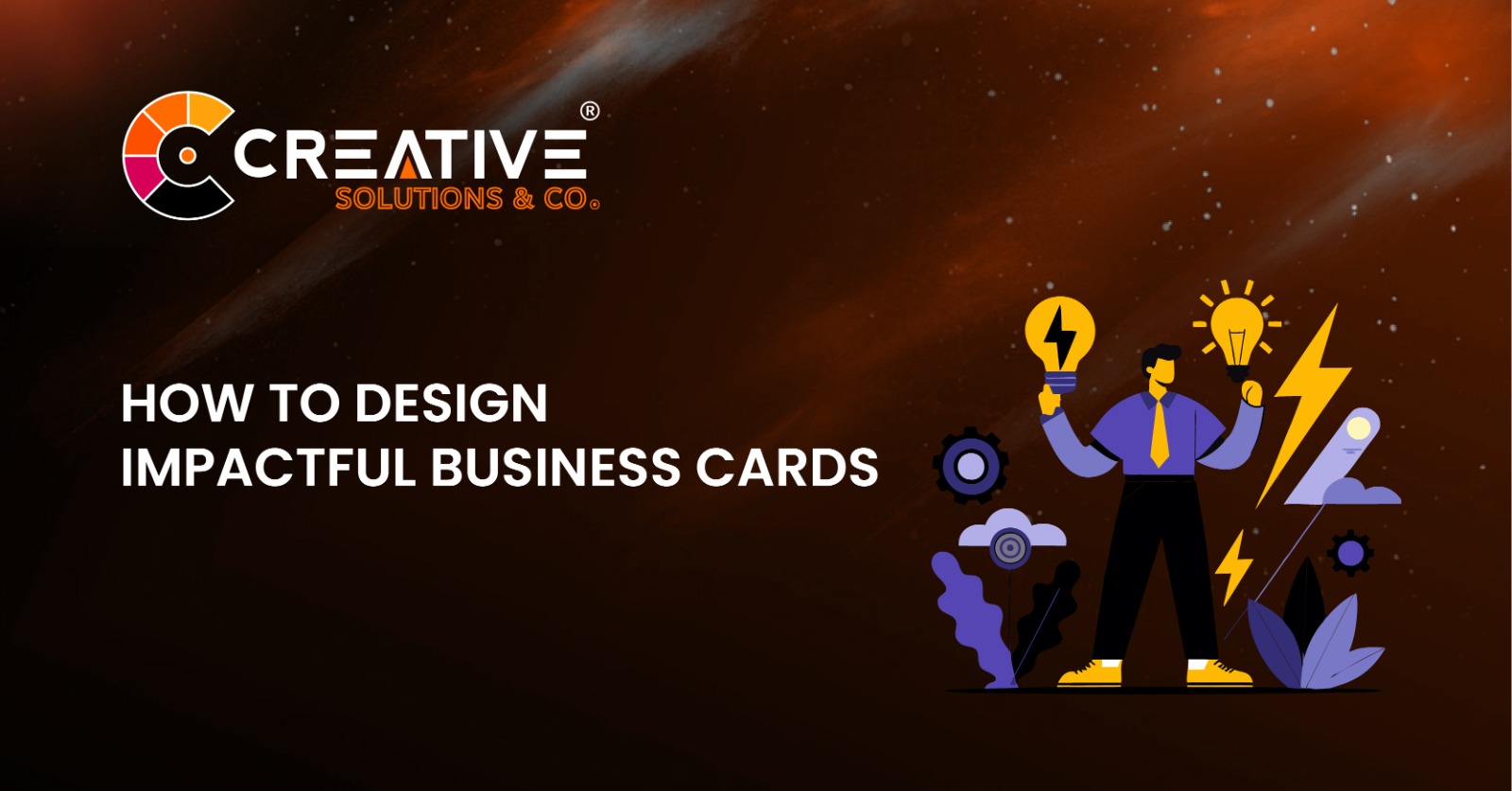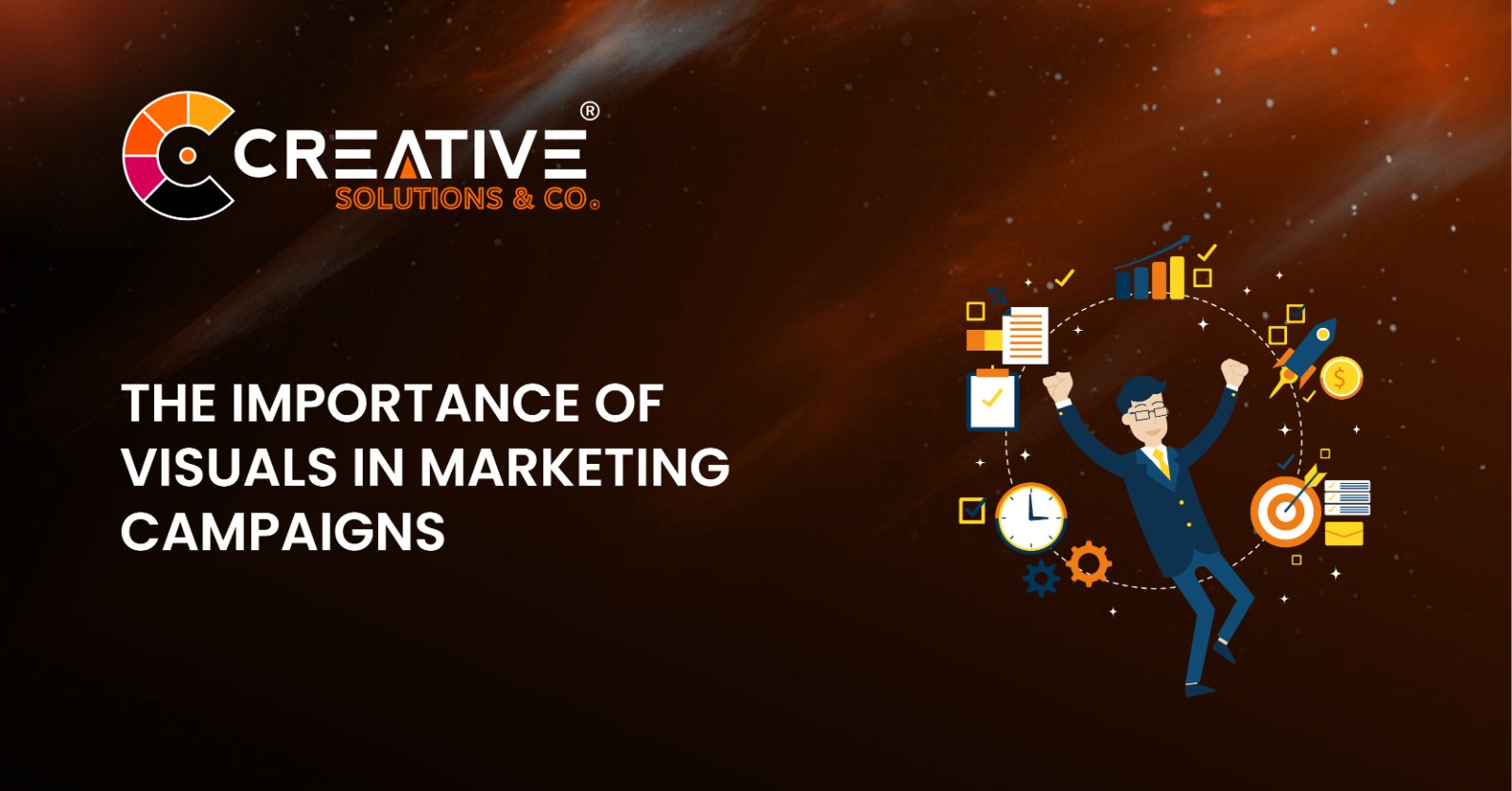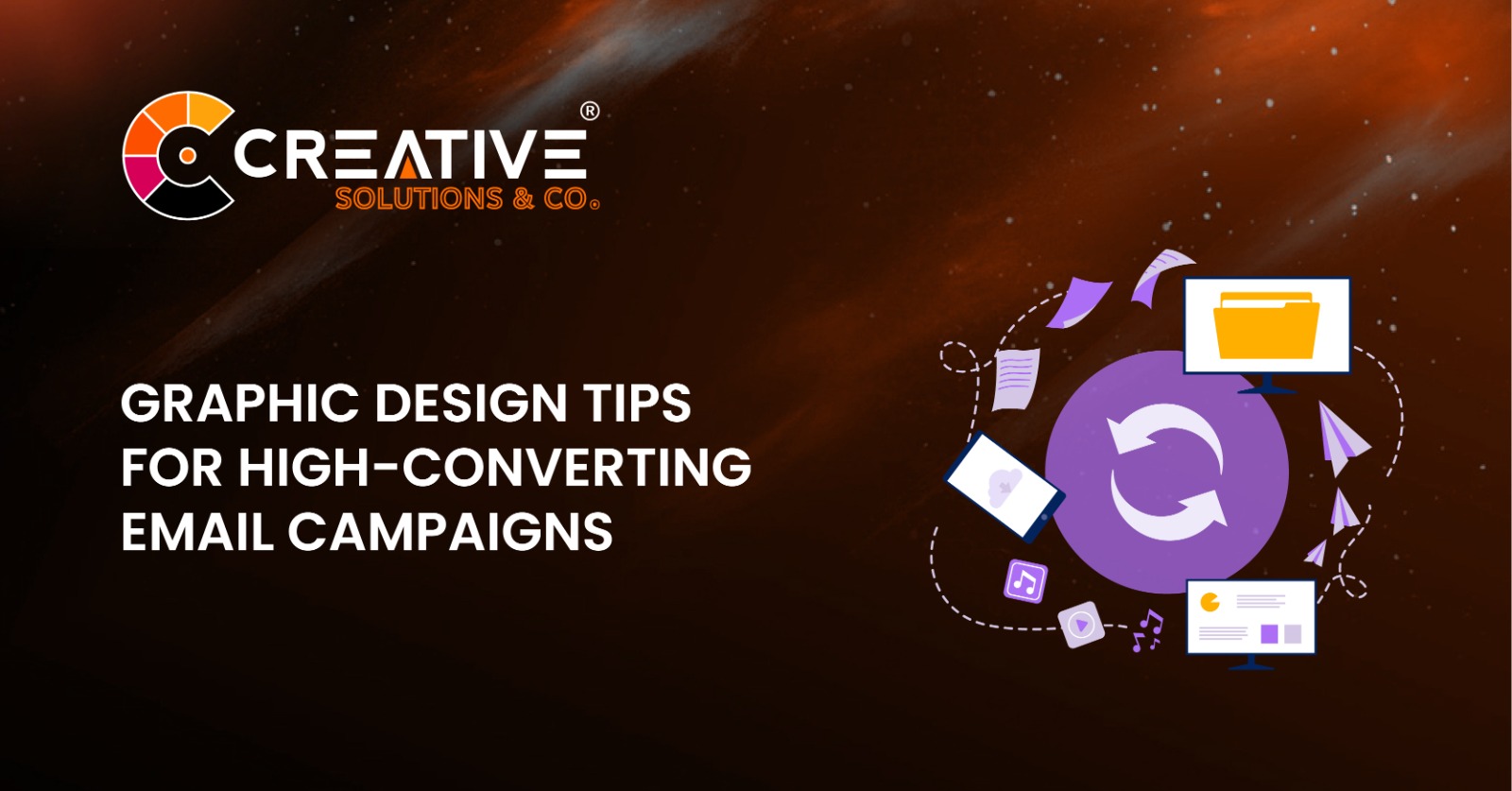Are you looking for graphic design tips for high-converting email campaigns that actually work? In today’s digital landscape, email marketing remains one of the most powerful tools to connect with your audience. But here’s the catch: no matter how compelling your message is, poorly designed emails often end up ignored or deleted. A thoughtfully crafted email, on the other hand, can grab attention, convey your message clearly, and drive readers to take action.
In this article, we’ll explore the best graphic design tips for high-converting email campaigns to help you create visually appealing and effective emails that boost engagement and conversions. Whether you’re a beginner or an experienced marketer, these tips are easy to implement and can make a big difference in your results.
Table of Contents For Graphic Design Tips For High-Converting Email Campaigns
| Sr# | Headings |
|---|---|
| 1 | Introduction to Email Design for Conversions |
| 2 | Why Design Matters in Email Campaigns |
| 3 | Keep It Simple and Clean |
| 4 | Optimize for Mobile Devices |
| 5 | Choose Eye-Catching Colors and Fonts |
| 6 | Use Visual Hierarchy to Guide Readers |
| 7 | Add High-Quality Visuals |
| 8 | Leverage White Space Effectively |
| 9 | Craft a Clear and Actionable Call-to-Action (CTA) |
| 10 | Maintain Brand Consistency |
| 11 | A/B Test Your Designs |
| 12 | Avoid Common Design Mistakes |
| 13 | Accessibility: Designing for Everyone |
| 14 | Analyzing Your Email Campaign’s Performance |
| 15 | Conclusion |
Introduction to Email Design for Conversions
Did you know the average office worker receives over 120 emails daily? That’s a crowded inbox! To stand out, your email’s design needs to be top-notch. It’s not just about looking pretty—it’s about guiding your readers toward action, whether it’s clicking a link, signing up for a webinar, or making a purchase.
Why Design Matters in Email Campaigns
Think of your email as a storefront window. If it’s cluttered or uninviting, people will walk past. A great design draws readers in, builds trust, and communicates professionalism.
Keep It Simple and Clean
Simplicity is key. Avoid overwhelming your audience with too many elements. Stick to a single focal point, clear sections, and minimal text. A clutter-free design is not only visually appealing but also easier to read.
Optimize for Mobile Devices
Did you know that nearly half of all emails are opened on mobile devices? Your design must be responsive. Use larger fonts, clickable buttons, and images that adapt to various screen sizes to ensure a seamless mobile experience.
Choose Eye-Catching Colors and Fonts
Colors evoke emotions, and fonts can set the tone of your message. Use bold, vibrant colors for CTAs and neutral tones for the background. Choose readable fonts like Arial or Helvetica, and limit your design to 2-3 fonts to maintain consistency.
Use Visual Hierarchy to Guide Readers
Visual hierarchy helps organize your content so readers can quickly grasp the most important parts. Use headings, subheadings, and bold text to direct attention. For example: Place your CTA at the top or near a striking image to draw the eye immediately.
Add High-Quality Visuals
A picture speaks a thousand words, right? Incorporate high-quality images, infographics, or GIFs to complement your message. However, avoid overloading the email with large files that might slow loading times.
Leverage White Space Effectively
White space is like the breathing room in your design. It makes your email look organized and easy to navigate. Don’t be afraid of empty spaces—they help emphasize key elements like your headline or CTA.
Craft a Clear and Actionable Call-to-Action (CTA)
Your CTA is the heart of your email. Use actionable language like “Get Started,” “Learn More,” or “Shop Now.” Make it prominent, use contrasting colors, and ensure it’s clickable on all devices.
Maintain Brand Consistency
Your email should align with your brand’s style guide. Use consistent colors, logos, and fonts to ensure your audience recognizes your brand immediately. Consistency builds trust and reinforces your identity.
A/B Test Your Designs
Testing is essential to improving your email’s performance. Create two variations of your design, tweak one element (like the CTA color or header), and see which performs better. This data-driven approach helps you refine your strategy.
Avoid Common Design Mistakes
Steer clear of these pitfalls:
- Overloading with text or images.
- Using hard-to-read fonts.
- Forgetting to test on multiple devices.
- Including vague or hard-to-find CTAs.
Accessibility: Designing for Everyone
Ensure your email is accessible to all users, including those with disabilities. Use alt text for images, proper color contrast, and avoid relying solely on color to convey information. Accessibility expands your reach and improves user experience.
Analyzing Your Email Campaign’s Performance
Use analytics tools to measure open rates, click-through rates, and conversions. These insights help identify what’s working and where you need to adjust your design or strategy.
Conclusion
Great design isn’t about artistic flair—it’s about communication and impact. By applying these graphic design tips for high-converting email campaigns, you can captivate your audience and drive results. Start small, test your designs, and continuously optimize for success.
FAQs About Graphic Design Tips For High-Converting Email Campaigns
1. Why is graphic design important for email campaigns?
Graphic design enhances the visual appeal, readability, and effectiveness of your emails, making them more likely to engage readers and drive action.
2. How can I make my email design mobile-friendly?
Use responsive templates, larger fonts, and clickable buttons, and ensure images adapt to screen sizes for seamless mobile experiences.
3. What colors work best for CTAs?
Bright, contrasting colors like red, orange, or green are highly effective for drawing attention to CTAs.
4. How often should I A/B test my email designs?
Regularly test key elements such as headlines, CTAs, and visuals. Monthly or quarterly testing is a good starting point.
5. What tools can I use for email design?
Popular tools include Canva, Adobe XD, Mailchimp’s built-in design editor, and Figma. These platforms offer user-friendly features to create stunning emails.







